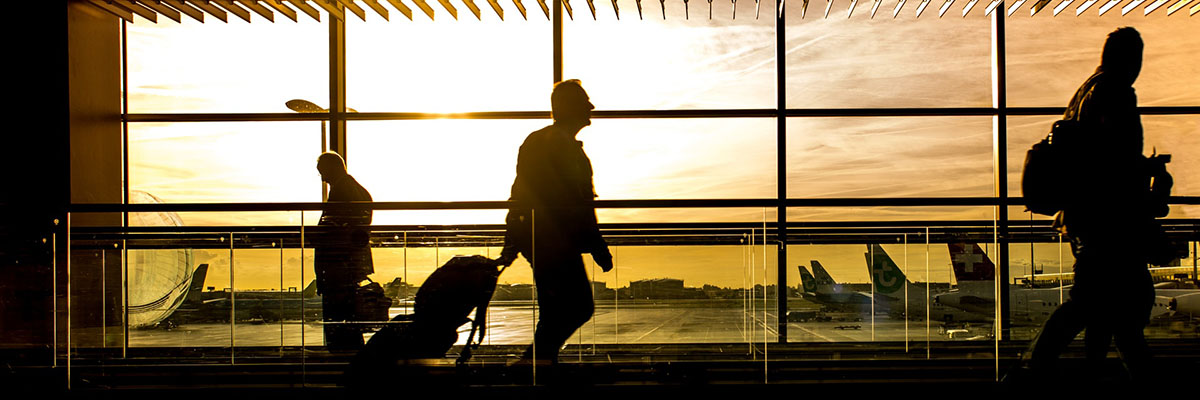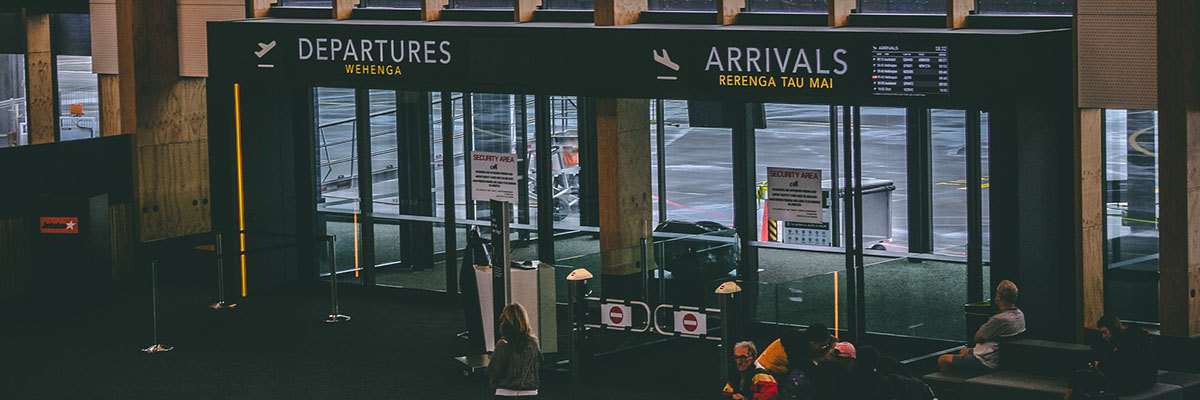Ultimate Layover Guide, Tips and Advice

This article is a comprehensive guide to airport layover during your travels. Read our useful tips and advice to make sure your layover is as stress-free as possible.
There is a general notion that having a delay at an airport between connecting flights is a sentence to the prison of boredom. Far from being an inconvenience or annoyance, these airport delays can become an opportunity to regroup, enjoy a hobby, catch some sleep or visit a city you might not have the chance to revisit.
Most important is to be informed so you can make knowledgable choices. Several people have to find out whether it is possible to leave the airport or what they can do while staying at the airport. This ultimate guide lets you know how to make the most of your layover, and all it takes is planning.
Information You Should Know About the Layover
How long is your layover?
The duration of the layover determines a lot. If the delay between flights is too short, you will surely not have ample time to explore the city or country where the plane landed. You have to think about the circumstances that will also eat into your transit time, such as unexpected delays, and the time required to return to the airport.
What time of day is your layover?
It is necessary to know when your layover will be since this will determine your movement. Flights that arrive deep into the night don’t make it conducive to leave the airport since it raises concerns about transportation options and safety issues.
Are you in transit for a domestic or international flight?
This question determines how easy it would be to leave the airport or skip the customary immigration procedures. If you have a domestic layover, in your home country, or a country where you have a visa or residence permit, you can conveniently leave any of the airports during a layover, whereas international flights have more security regulations.
Everything You Should Know if You Plan to Leave the Airport During a Layover

Where is your layover, and how do their societies function?
It is crucial to know where you will have a layover, plan according to if it is a tourist trap or a place with questionable safety. Also, numerous airports are far away from the city center or tourist attractions; this is useful when planning your travel itinerary. Be sure of the most viable monetary transaction needed for your visit, whether you can use your card, or if you would need to exchange money.
Make sure to have working internet if you intend to use GPS mobile apps or pick up a tourist map from the airport. Also, make sure you know the mode of transportation. If ride services like Uber or Lyft, work in the city you’re visiting or find out how expensive taxis or shuttles are or how accessible and efficient public transport is.
What to do before leaving the airport?
Before departing the airport, you should ensure you have a visa and the boarding pass for the next trip. Various countries would have to issue a visa in advance, even for a short visit. However, some states make it possible to obtain a visa on arrival from the airport. Be sure to investigate before, so you have all the required documents and the rules surrounding the visa application.
It is vital to secure your luggage by either making sure to check it in for the next flight or to find baggage storage options at the airport, such as left-luggage offices. Make sure there is nothing of significant value in your bags. By offloading your baggage, you free yourself from having to carry it around outside the airport.
Everything you should know if you choose to or have to stay at the airport during a layover:
Research on things to do in the airport
If you know what airport you transit at, you may be in for a surprise. Many airports have incorporated many forms of hospitality services such as lounges, hotels, spas, malls, and even wonders!
For instance, Incheon Airport, which is one of the top-rated airports in the world, has an impressive artistic design, customary services, and even event performances such as live classical music. The latest entry for the best airport is Jewel Changi Airport having on a nature-themed recreational and retail complex with a grand indoor waterfall!
Though the airport you may be waiting at may not have a waterfall, it might have amenities you may be interested in, such as a relaxation zone or kids center, so do some initial research.
Things you should always pack for a long layover

Packing lightly is emphasized in modern day travel especially if you don’t want to pay extra money for overweight luggage yet packing certain items for long layovers is important. These items include products for hygiene such as deodorant, toothbrush and toothpaste, and medicines like painkillers. Other items that may not make it to your packing list are the following:
• Carry a reusable water bottle
Airports are notorious for hiking up prices of even water making it easier to find a well-priced duty free Gucci bag rather than a decently priced bottle of water. Having a reusable water bottle with you means that you can fill it up after the security checkpoints that usually only allow 100 ml of fluids while saving the planet from plastic waste and staying hydrated.
• Pack some snacks
Many people don’t know that you can pack snacks before catching a flight. They think during security checks, their food will get trashed, but that is far from the case. So long as your snacks do not break any flight regulations, feel free to pack as many cookies, dried fruits or nuts as your hand luggage would permit.
• Pack a portable charger or power bank
Although several airports now provide charging outlets for phones and other devices, they might get crowded over in busy airports, or these outlets might be far away from your boarding gate. Having a power bank lets you avoid the hassle of searching for a place to recharge while you can have downtown to communicate with family and friends or reply to import business emails.
• Pack a tablet or a book
Some airports can be dull and tiresome, so keeping your mind engaged may be beneficial. If you have a tablet, you can download games, movies and shows on it to wine down the time. Your phone can efficiently perform these functions, too, but may run down the battery also. Tablets tend to have more durable batteries; hence you can save your phone’s power for more important things like communication. Tablets are a plus if you have children because it easily keeps them entertained. Though you can read on a tablet, some people prefer reading a hardcover book which has the advantage of sparing your eyes of blue light from devices that contribute to fatigue.
• Take comfy clothes and a large scarf
Layovers can be uncomfortable; not all airports have relaxation zones or easily accessible lounges for all passengers. So if it is possible, you can wear comfortable clothes or pack some into your hand luggage. A scarf, jacket, or sweater might be a good idea since airports and even airplanes tend to get cold. It is a bonus if these items can double as a blanket or pillow.
• Have earplugs or noise-canceling headphones
These noise-canceling devices are necessary to maintain lower levels of fatigue while escaping the loud sounds of a busy airport or airplane. They can also make sleeping or reading a bit more pleasant.
In conclusion, while airport layovers can be tiring and seem like a waste of time, this ultimate guide has shown that it has the potential to be a different experience. You can use the layover time to relax in the airport and enjoy their unique services. If possible, you can alternatively explore a new city and embark on a memorable tourist itinerary.



